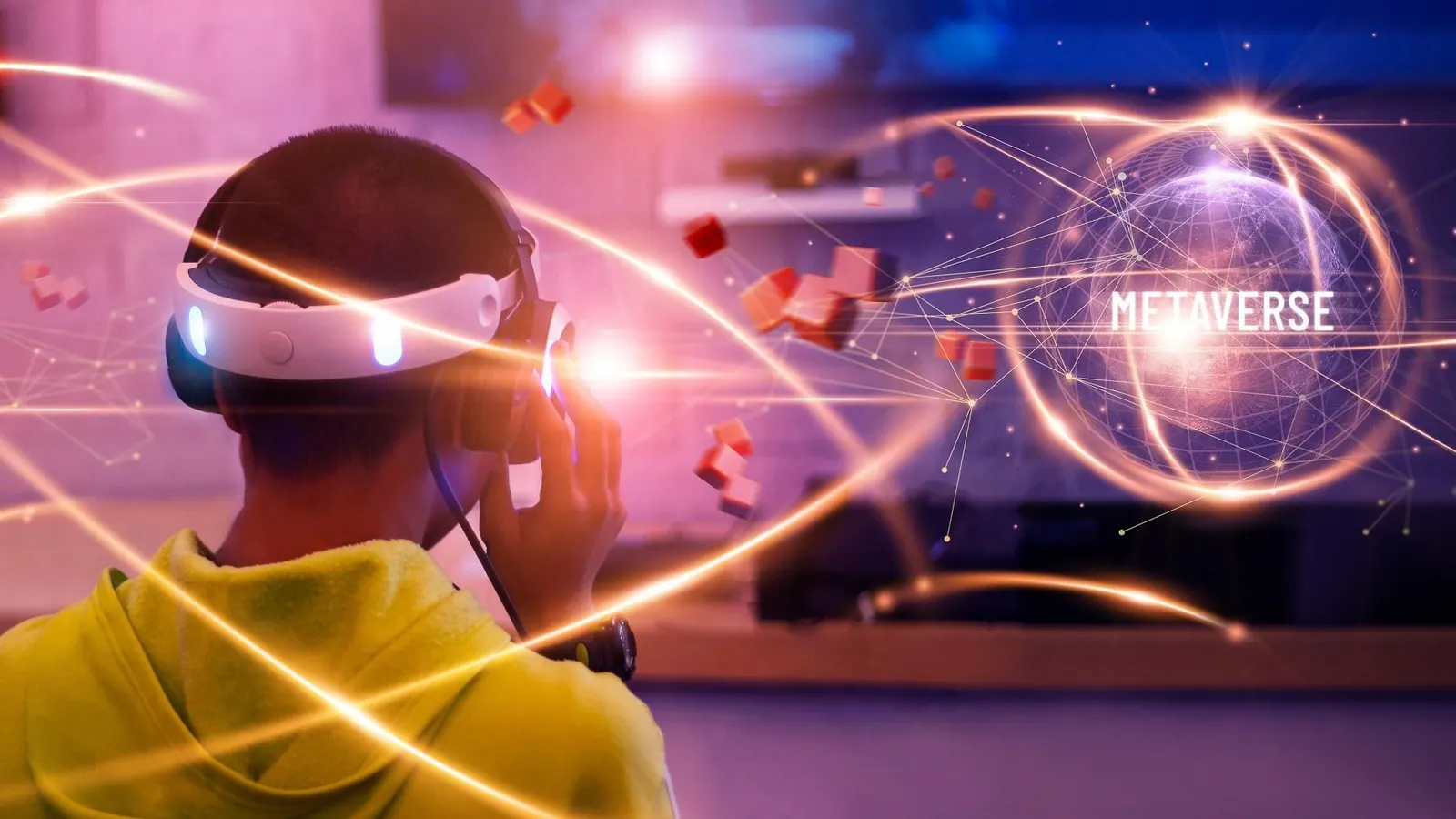JAKARTA, odishanewsinsight.com – If you ask me what gets my heart racing, it’s got to be Gaming Technology: The Engine Behind Immersive Virtual Worlds. Seriously, who hasn’t lost track of time in a game that looks almost like the real world? Let me spill some real talk about what I’ve learned (sometimes the hard way!) messing around with the latest games and setups.
When I first booted up a custom-built PC in my teens, I didn’t just see hardware—I saw the limitless possibilities of Gaming Technology. From the flicker of polygons on early 3D titles to today’s photorealistic virtual landscapes, Gaming Technology has driven every step of my passion for interactive worlds. In this hands-on exploration, I’ll share how key innovations—from graphics engines to VR demos—have shaped my journey and the broader landscape of immersive gameplay.
My First Encounter with Gaming Technology
My introduction to Gaming Technology began with modding a favorite RPG. Armed with a basic text editor, I tweaked textures and scripts, marveling at how small code changes altered entire environments. That moment taught me that under the hood, Gaming Technology is both an art and a science—a blend of creative design and engineering precision.
Core Components of Gaming Technology
Graphics and Real-Time Rendering
At the heart of modern Gaming Technology lies the graphics engine. I spent countless nights experimenting with Unreal Engine and Unity, learning how shaders transform 3D models into lifelike visuals. Real-time ray tracing impressed me most: watching light bounce off virtual surfaces with uncanny realism was a watershed moment in understanding the power of hardware-accelerated rendering.
Shader Programming and Visual Effects
Writing custom HLSL shaders pushed my grasp of Gaming Technology further. By manipulating vertex and fragment stages, I crafted water ripples and dynamic shadows that added depth to my small prototypes. These experiments underscored how artistry and math converge to create believable worlds.
Physics Simulation and Interactivity
Physics engines are another pillar of Gaming Technology. Integrating Nvidia PhysX into a racing game demo revealed how collision detection and rigid-body dynamics deliver tactile feedback. Tuning parameters like friction and restitution taught me that realistic interaction hinges on subtle balance—too much rigidity breaks immersion, too little feels floaty.
Audio, Input, and Networking
Immersion in Gaming Technology extends beyond visuals and physics. Implementing spatial audio through FMOD elevated my VR experiments, making footsteps echo convincingly in my virtual dungeon. Meanwhile, mapping custom controllers and optimizing network code for low-latency multiplayer sessions highlighted how essential every component is for seamless interaction.
Building Immersive Worlds: My Hands-On Projects
Modding Classic Titles
I kicked off my hands-on journey by modding “The Elder Scrolls III: Morrowind.” Using the Construction Set, I designed new quests and landscapes, learning firsthand how robust toolchains empower creative expression. These early modifications cemented my belief that Gaming Technology thrives on accessible development environments.
Developing a VR Demo with Unity
Transitioning to VR, I built a small demo where players solved puzzles in a zero-gravity chamber. Leveraging Unity’s XR Toolkit, I grappled with motion smoothing and comfort settings—crucial aspects of Gaming Technology when physical presence meets virtual space. Testing on both Oculus Rift and HTC Vive taught me the art of platform-specific optimization.
Performance Tuning on High-End PCs
Nothing sharpened my appreciation for Gaming Technology like benchmarking. I rigged up MSI Afterburner to monitor GPU temps and frame rates while tweaking LOD settings and draw distances. The thrill of squeezing every extra frame at 4K resolution illuminated how hardware and software must co-evolve for cutting-edge experiences.
Challenges and Innovations
Cross-Platform Compatibility
One persistent challenge in Gaming Technology is ensuring a uniform experience across consoles, PCs, and mobiles. During a hobby project ported from desktop to Android, I grappled with shader precision and memory constraints. That process reinforced my respect for engine architects who abstract away platform quirks.
Balancing Fidelity and Performance
High-fidelity assets demand horsepower, yet performance remains king. I learned to implement dynamic resolution scaling: a feature in Gaming Technology that adjusts render targets on the fly, maintaining smooth gameplay when GPU budgets fluctuate. Striking this balance is a continuous puzzle in real-world development.
Emerging Trends: Cloud Gaming and AI-Driven NPCs
Cloud gaming platforms like Stadia and xCloud exemplify the next evolution of Gaming Technology—streaming entire game pipelines from remote servers. Meanwhile, integrating AI-driven NPCs powered by deep learning models has expanded storytelling possibilities. In my prototype, NPCs adapted dialogue based on player behavior, showcasing a glimpse into more responsive, dynamic worlds.
Conclusion
Reflecting on my hands-on take with Gaming Technology, I see a rich tapestry of innovations—graphics engines, physics simulations, VR comfort systems, and cloud streaming—that collectively redefine immersion. Each project, from modding classics to building VR demos, underscored the multidisciplinary nature of game development. As Gaming Technology continues to evolve with AI and real-time rendering breakthroughs, I’m excited to dive back in, push boundaries, and craft the next generation of virtual worlds.
Boost Your Competence: Uncover Our Insights on Technology
Spotlight Article: “E-commerce Solutions: Building Successful Online Business Models!”


